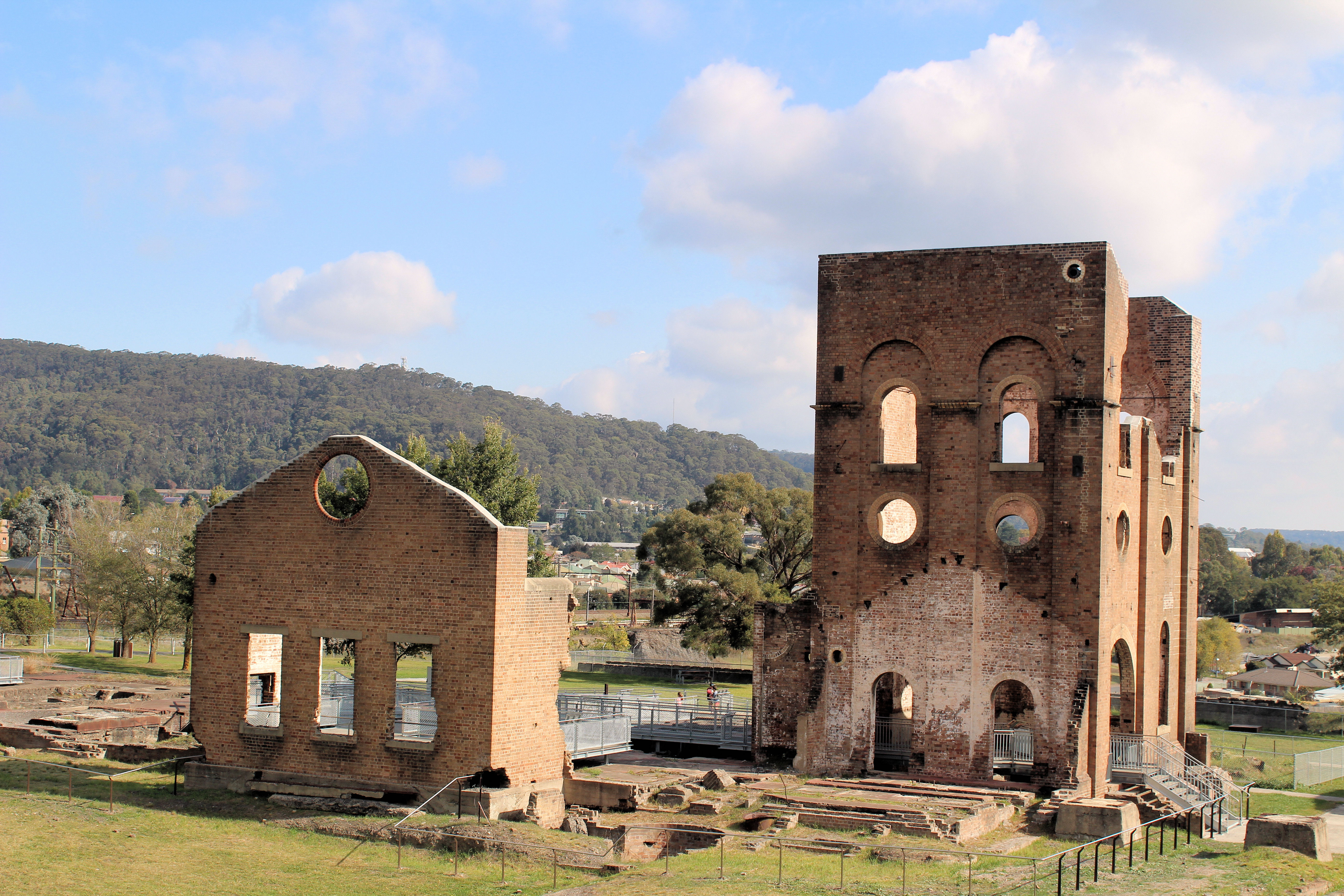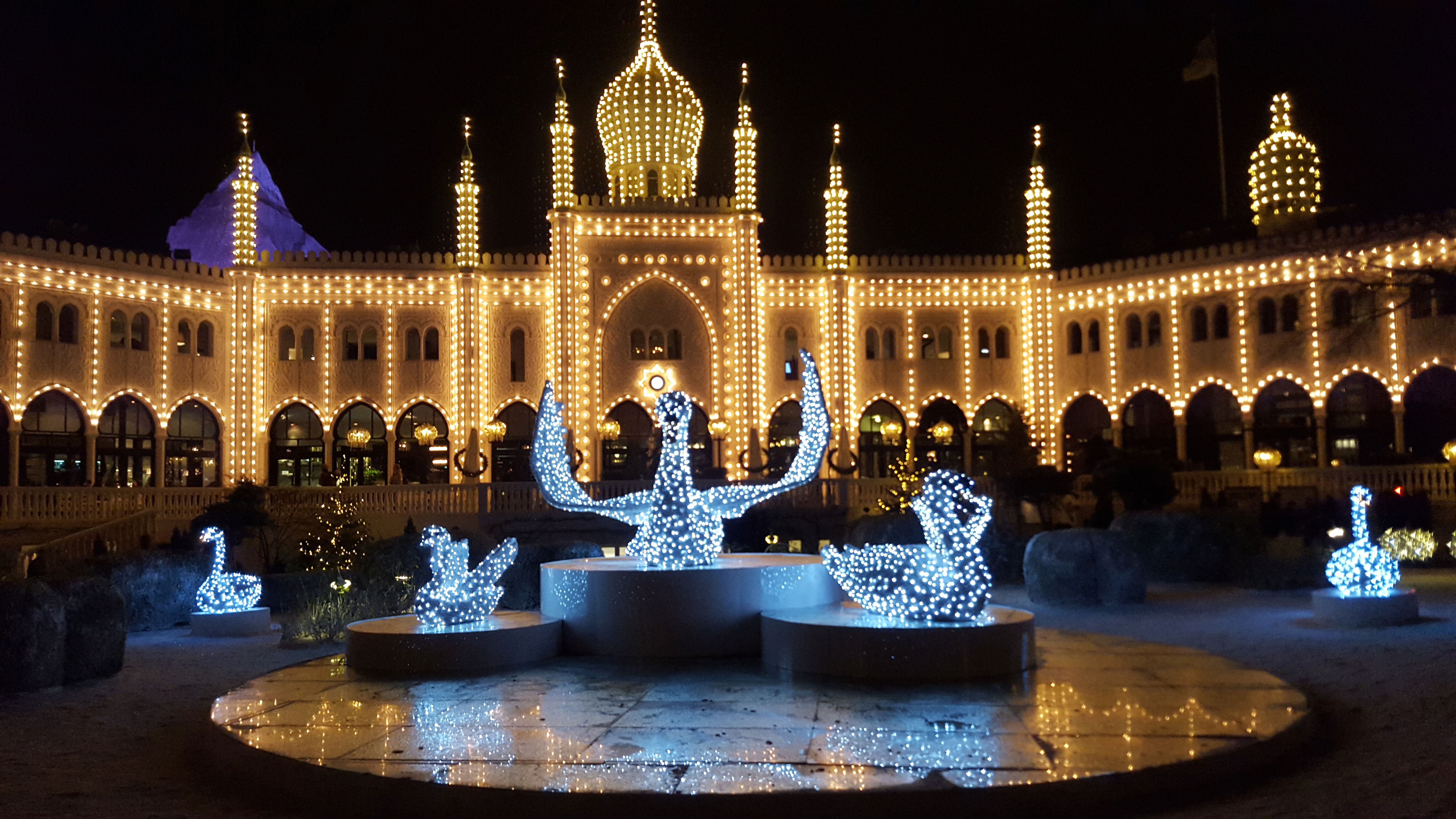Tag: museum
-
Blast Furnace Park Lithgow New South Wales

Blast Furnace Park Lithgow Blast Furnace Park Lithgow in NSW comprises the ruins of the old blast furnace that used to operate on the site. What would otherwise have been a very bland and boring attraction has been developed into a great little place to walk around and learn about Lithgow’s industrial past. Access around… Read more
-
Nine Days in Paris and Northern France

How Did We Get There? Where Did We Stay? Getting Around The Metro Walking Museum Pass and Skip the Line Organised Trips in and around Paris Organised Trips in and around Paris Paris Catacombs Retro Sidecar Tour of Paris Versailles Champagne Region Mont Saint Michel Normandy and the D-Day Battlefields Loire Valley Chateaux Day Trip… Read more
-
Copenhagen The Beautiful Capital City of Denmark

Flying to Copenhagen We have visited Copenhagen twice during trips to Europe. The first was a very short trip because our flight was delayed and we lost over a day before we had to fly to Bergen. The second trip was for four days, when we were able to see a lot more of the… Read more